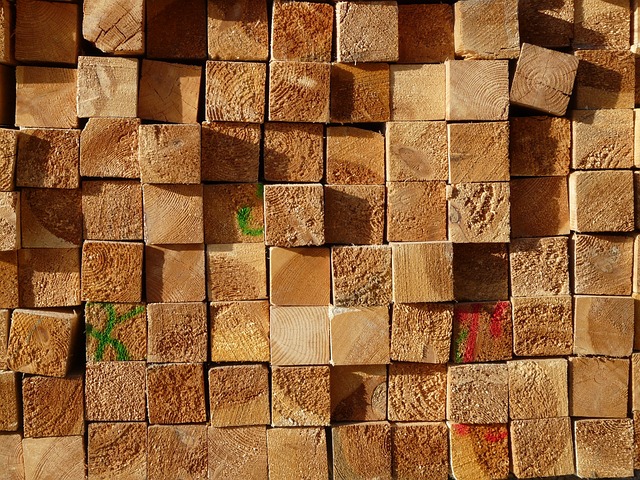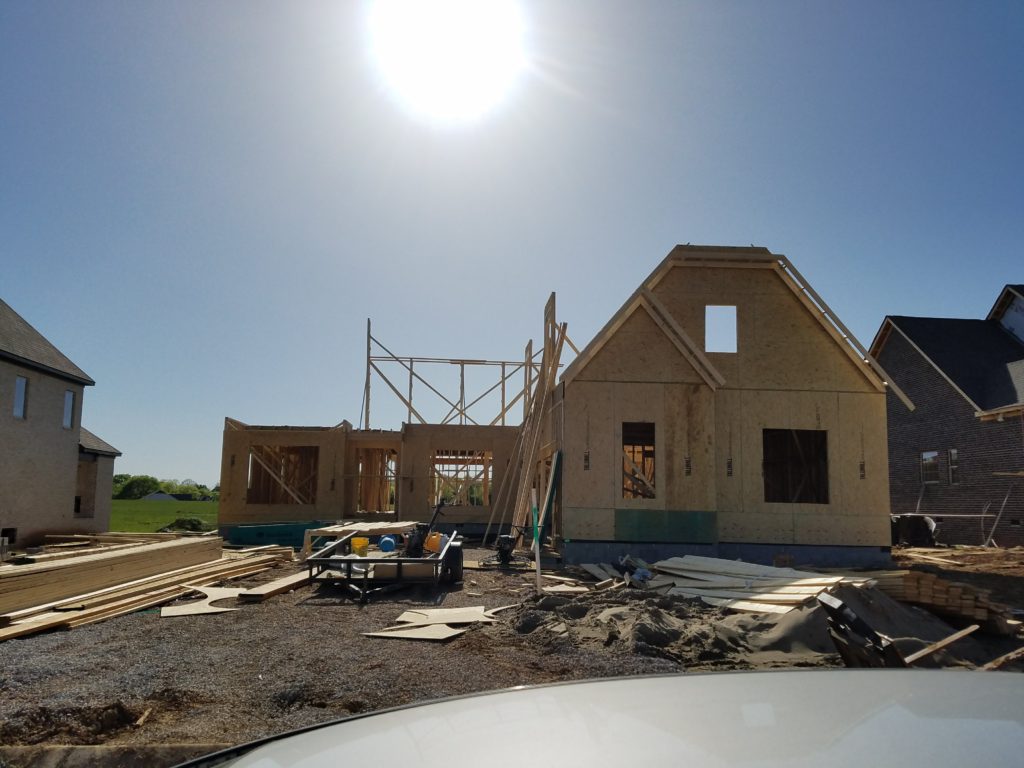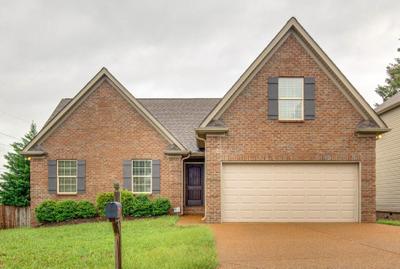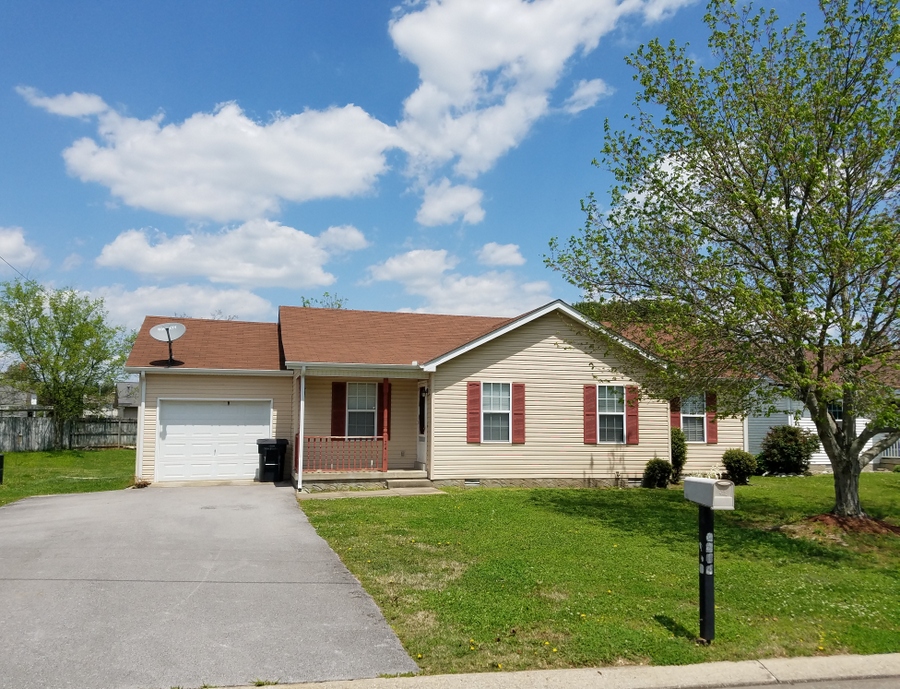To completely understand where the real estate market is today you need a little background on how we got here. Back in 2020 (cue the flashback music) the Federal Reserve did a number of things because they assumed our economy would tank due to Covid 19. They lowered the Fed Funds rate (the rates that banks use to borrow from one another), they put money into mortgage backed securities, and the Federal government sent money out to business and individuals to help keep them afloat during the lockdowns. All of that contributed to what we are seeing today: inflation.
When the Fed Rate changes it doesn’t directly affect mortgage rates but mortgage backed securities do. They put money into those to artificially lower the mortgage rates so that the housing market would keep going. What we found is that the housing market didn’t slow down and the low rates were like putting gasoline on a bonfire. A housing shortage began in the last great recession (2008) when builders left the market. When the housing market crashed they slowed production and some even went out of business entirely.
2020
Fast forward to 2020 and we have a tremendous undersupply of homes combined with low interest rates, work from home flexibility, and tight Covid 19 restrictions in various states. People who were locked down decided they needed more room in their homes, office space, large yards, or just better areas to live in. Everyone was thinking about their homes and their quality of life. At the same time those who were able to retire began leaving the workforce creating a job shortage and lowering the unemployment rate significantly. Retirees aren’t bound by employment and were able to migrate to better climate zones or where their families are. All of this put pressure on the housing market creating an unparalleled demand for homes.
Real Estate Leap Frog
Multiple offers skyrocketed the home prices. When one home went high another one nearby listed for that price and went higher when it sold. We played a real estate game of leap frog culminating in the highest real estate values we’ve ever seen. Meanwhile other issues were happening at the same time in manufacturing.
Issues with Lumber and New Construction
Shutdowns dropped the supply of goods and created shortages in every industry. Some factories take a long time to start back up and catch up to the supply shortages. Lumber was severely impacted by shipping issues between the US and Canada. Those issues included travel restrictions, work restrictions, and a tariff issue that raised the price of imported lumber to the U.S.
Lumber became hard to keep in stock due to the building demand and short supply and the price to build a home skyrocketed. Other building materials like windows, garage doors, electrical wiring, and many others also were in short supply due to labor issues and shutdowns and just added insult to injury in the new construction side of real estate.
That’s in general how we got where we are today, we could dig down much deeper into all of those details but in general we were having a massive supply and demand problem. There are just not enough homes and too many people wanting to buy the homes leading to really high home prices. Things are changing though and in truth the future is about as clear as mud.
The Fed eventually decided to reverse the rate reductions and remove money from the mortgage backed securities. The Fed Funds rate directly affects short term loans like car loans, Helocs, and adjustable rate loans. Its impact is indirect to the mortgage rates but does have some impact because banks borrowing from banks rely on the Fed Funds rate to set their rates. The FED is about to raise the rate again following a series of .75% rate hikes and as stated they will continue to raise interest rates until “Something breaks.”
There are massive issues with this as they are targeting the jobs market as well as the real estate market. They are attempting to force job layoffs under the idea that with fewer people working, spending is reduced which will slow the economy. However when fewer people are working production slows which means there is less supply and consequently could cause higher prices for goods and services which is called…wait for it…inflation. Those who lose their jobs and not working won’t be buying houses either however it is the extremely high priced homes combined with the high mortgage rates that is having a huge impact in real estate today.
The Effect of Higher Rates and Higher Prices
At the time of my writing this interest rates are at or near 7% for a mortgage. Historically that isn’t too bad if you ONLY look at the rates. When you factor in the home prices with the high interest rates you will end up with a much higher payment amount than many people can afford. Take a $300,000 loan amount at 3.5% and you have a payment of $1,347 (taxes and insurance not included). Now with the same amount at a 7% rate you have a payment of $1,996. That’s an increase of $649 per month. That is a tough amount to absorb in a monthly budget when all other things are going up in price from gas to groceries.
There is a problem with my example above, having 20% down and a $300,000 mortgage means you would be buying a $360,000 house which has been very hard to find in our area. Home prices sailed much higher than this so the mortgages people have been getting have also been a lot higher or are using programs like FHA or USDA which allow for low down payment amounts. First time home buyers have been the hardest hit. They may not have enough funds for the down payment and are facing really high mortgage payments that are probably a much larger portion of their wages than they should be.
Of Shortages and Refinances
The shortage of homes will continue for a number of years. We still have a shortage of homes caused by under building but we also have a problem due to the refinances that happened while the rates were at record lows. Homeowners that refinanced at low rates are going to be very hesitant to sell that home and purchase a more expensive one at a higher interest rate. There are also a lot of people who used a cash out refinance to take money out of their home. Since appraisal values have been much higher they could refinance and keep a similar payment amount. Those homeowners were able to use that money for home improvements or other needs. Their new mortgage will be based on their appraisal value and as long as they stay in the home they won’t lose anything but if home values go down and they have to sell they may have to take a loss on the sale of the home.
Homeowners who refinanced are going to be much less likely to list their home on the market which will add to the home supply logjam we have. The FED is trying hard to bring down that demand by forcing the interest rates to go high in order to bring home values down. Because of the interest rates builder sentiment is falling. Builders don’t want to risk taking construction loans for a product that may be harder to sell or less profitable and are slowing or backing down from building projects. Instead builders are taking on home addition or remodel work which doesn’t add to the housing inventory. Banks are also tightening up lending to builders for construction loans as they fear the volatility in the housing market.
Who Can Capitalize on the Housing Market Now?
Who benefits from all of this? It’s an important question to ask because so many demographics are going to be hurt in the process. Cash Buyers and Investors are in a good position to capitalize on the market. Home sellers have found themselves in a strange position where suddenly there are fewer buyers and the same high home prices. Many of them are dropping prices to entice buyers but the buyers are not necessarily taking the bait. Homes are sitting on the market so those who are not impacted by loan rates can make offers and get homes for lower prices. Cash buyers and investors have leverage.
Magic 8 Ball Stuff
What is the overall outlook? It’s really hard to say. The changing market conditions created by Federal manipulation make predictions uncertain. Fannie Mae predicted mortgage rates to be in the mid 5’s in 2023 but just a short time ago their prediction was in the mid 4’s. My belief is that home prices will stay relatively high but dip until Spring of 2023. Once people can see where the economy is going everything should stabilize better. Lenders will still need to loan money in order to stay in business, that is afterall how they make money. Rates should get more competitive from bank to bank which will lower them a little bit eventually.
During a normal real estate year the fall market tends to have less activity and a drop in activity right now is seasonably appropriate. In the Spring activity will pick up but as to how much it’s hard to tell. I have thoughts on how this should have been handled but I’ll have to share that for another article since we’re getting quite long already. Remember Hindsight is 2020. (Pun Intended)
So Should you Purchase a home Now?
If the situation fits don’t let the market dictate your life. Maybe you found the perfect dream house in just the right location. You may need to change towns for a job, to be closer to family, or some other important reason and have to find housing. Renting is OK for a while if you have to but rent prices are really high right now as well. Renting also does not allow you to build equity. If you can handle the monthly payment amount at the higher interest rate without straining your budget then go for the house. You can refinance later if the rates drop.
Always talk to a few people before making decisions. Your real estate agent can give you insight into the local market, a few lenders can help you determine the right products and rates, and your financial adviser can help guide you toward making the best decision possible. Ultimately do what is right for you and your family.

Dave Townsend, REALTOR® TriStar Elite Realty
C. 931-808-6808 or O. 931-548-2300






